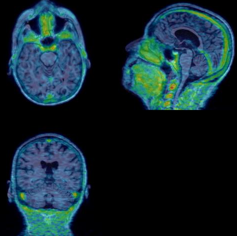Biography
Dr. Tim Bartels initially finished his MSc in Chemistry and Medical Engineering in 2005 at the Technical University Munich. In 2008 he received his PhD in Biophysics working at the Adolf Butenandt Institute (Director Christian Haass) at the Ludwig-Maximilian University (supervisors Johannes Buchner and Klaus Beyer). He completed his postdoctoral training at the Center for Neurologic Diseases/Harvard Medical School with Dennis Selkoe in 2011, where he also held his first faculty positions (Instructor of Neurology 2012-2016, assistant professor 2016-2019).
Since 2018 he is leading the program “Structure-Function Relationship in Neurodegeneration” at the Dementia Research Institute at the University College London. His lab is dedicated to the involvement of the different forms of the presynaptic protein alpha-synuclein in Parkinson’s Disease and Dementia with Lewy Bodies. Furthermore, his lab is interested in novel context specific pathways of protein folding/misfolding and the involvement of lipids, non-neuronal cells and the gut-brain axis in neurodegeneration.
Bartels Lab
Explore the work of the Bartels Lab focused on untangling protein structure to better understand function and treat neurodegeneration

